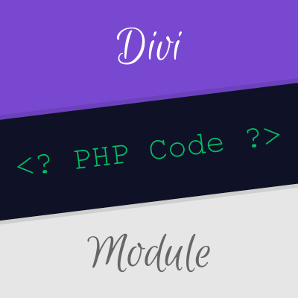If you're unlucky, you may receive an error from you WordPress site that states:
"There has been a critical error on your website. Please check your site admin email inbox for instructions"
This indicates that a PHP error has occurred on your site. Here are some steps to take to resolve it.
Step 1: Retrieve the full error message
If you look in your email inbox as advised by the WordPress message, you should hopefully find an email there which contains the full text of the error (in the "Error Details" section which should appear at the end of email). If you don't see the email, check in you spam folder.
The error details section should contain details of the type of error, the file / line number at which the error occurred, which should help pinpoint the source of the error.
If for any reason it the message isn't contained in the email itself, you should be able to get the details of the error in the WordPress debug.log, which you can access as follows:
1. Enabling the WordPress debug log (as described here https://wp-staging.com/docs/enable-wordpress-debug-log-mode/)
2. Enabling the plugin briefly and triggering the error
3. Disabling the plugin again
4. Checking in the /wp-content/ directory for the debug.log file. It should hopefully contain the error message.
5. Disabling the debug log.
Step 2: Resolve any memory issues
Review the error messages for any references to the memory limit being "exhausted". If you see this, it likely indicates that WordPress is running out of memory before the page is fully generated.
The issue often isn't specific to any particular plugin, but rather a result of a memory limit that is too low for the combined memory requirements of the theme and active plugins. This issue can usually be fixed by increasing the WordPress memory limit, as described in this post:
https://docs.woocommerce.com/document/increasing-the-wordpress-memory-limit/
If increasing the memory limit isn't possible for any reason, removing any unnecessary plugins may help bring the site back below the memory limit.
Step 3: Review the error message for plugin issues
Even if the text of the error message may be largely meaningless to you, it may offer some clues as to the source of the error. In particular, check for any plugins mentioned in the error. You may see that the affected file(s) are located within a particular plugin's directory, for example.
If you identify a particular plugin as being involved in some way, you may be able to get your site up and running again by temporarily disabling that plugin.
Step 4: Contact the plugin author
Assuming that you've identified a particular plugin, it will probably make sense at this point to contact the plugin's author for further advice.
When contacting the plugin author, be sure to send through the full text of the error message as this will be very helpful in tracking down the source of the problem (and probably the first thing the plugin author will ask for anyway).
If the issue appears to be with one of my plugins (or you can't narrow down the issue to a particular plugin), please get in touch via the contact form.



0 Comments